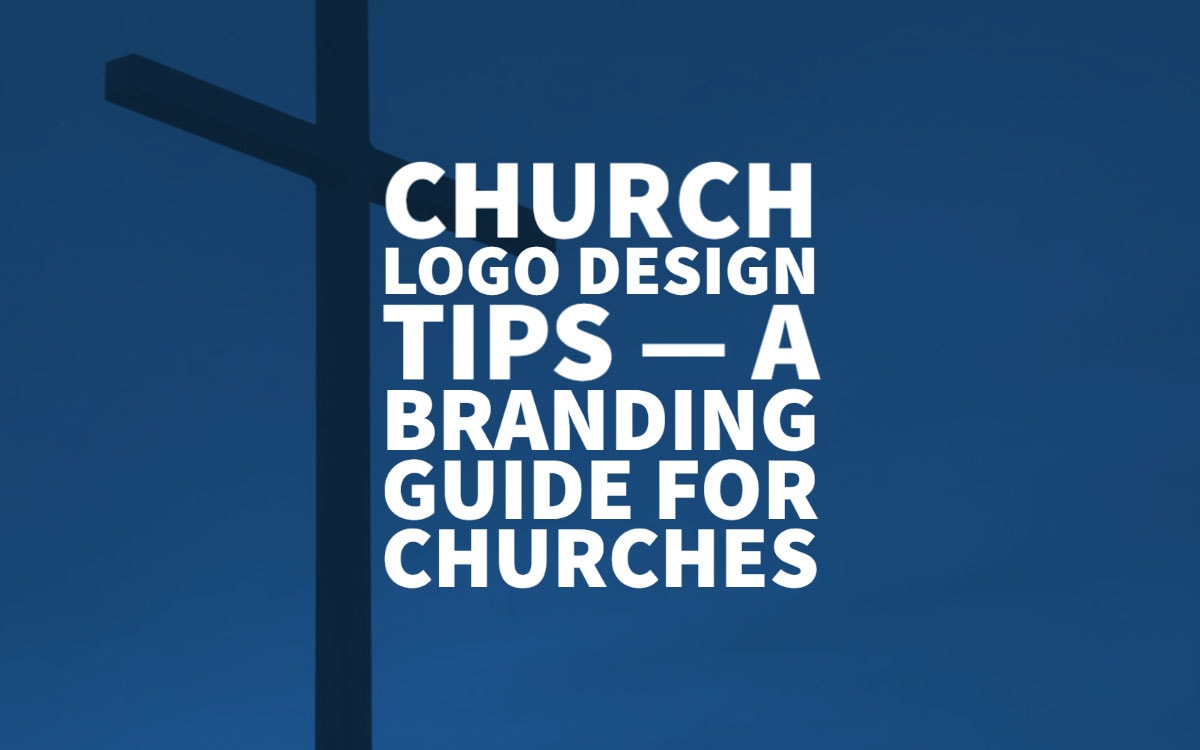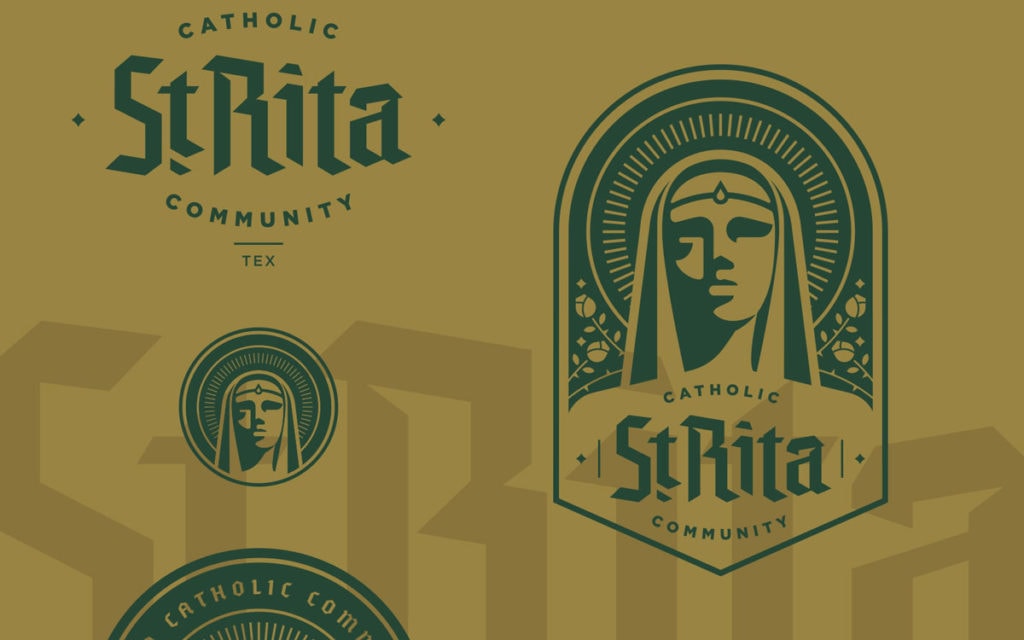
29 May Church Logo Design Tips — A Branding Guide for Churches
Church Logo Design Tips — A Branding Guide for Churches
Why Is Having a Logo Important in Church Branding?
It might seem a little bit strange to have a logo for your church. While having a logo and developing branding, in general, is a standard practice for almost every business ever to exist (it is virtually impossible to remain competitive without something that would let your customers recognise your brand), churches as establishments are more controversial when it comes to branding.
After all, many people argue, the church is not a for-profit organisation; hence it does not have to compete with other churches for people.
This is both correct and incorrect. While churches do, indeed, not compete, it is still vital for every church to promote their religion further and attract more people.
This can only be achieved if they are heard. And today, the only way to be heard in the society is through extensive marketing. A part of which is branding and having a good logo in particular.
Apart from raising brand awareness as such, church logo design is important for the following reasons:
- Having a Clear Logo Helps You to Define the Message and Reinforce Your Church’s Vision
- Logo Shows Relevance of the Church. If your church wants to stay relevant in the modern world and wants to remain appealing to the new generations, you have no choice but to modernise it. Getting a logo that would reflect all of those is a great way to do it.
- May Help to Establish an Authority. People tend to trust your church more if they are familiar with your agenda and have seen your efforts.
- Differentiates Your Church from Other Churches.
How to Design the Perfect Church Logo Design?

Now that you understand how important it is for a church to have a logo, you might be wondering how exactly does one create a compelling and stylish logo for their church. While it all sounds a bit intimidating and very complicated, once you break it all down into smaller steps, the process becomes rather straightforward.
Get Familiar with Different Types of Logos and Get All the Logo Making Basics Down
Before you get started with the actual process of designing a logo, you need to ensure that you have the theoretical side of the question down and are aware of all the options you have when it comes to designing a logo.
The reality is, there are a lot of different ways in which you can approach this process, granted that it is a massively creative activity.
The fact that the logo is a visual element means that different designers will have a different view of what it should look like. Naturally, every mind is different; hence we all have different ideas. This implies that the types of logos are genuinely infinite. However, if you approach the classification process systematically, it can be said that five major types of logos can be distinguished in the overall mass: symbol or icon logos, wordmark, a letter mark, combination mark, and emblem.
Need help designing your Church Logo?
Get a Free Quote from our Graphic Design Agency Today
Symbol or Icon Logos

This type of logo is based on an image alone and does not have any other additional elements to it. It is quite a challenge to raise brand awareness if you are just starting your brand as the image rarely conveys the message adequately. However, if you manage to become famous, a logo like this will be useful and recognisable.
Overall, however, it is not advisable to be using symbol or icon logos for church logos. After all, your brand’s main idea is not to be commercially successful but to send a message across and bring people together.
Word Mark
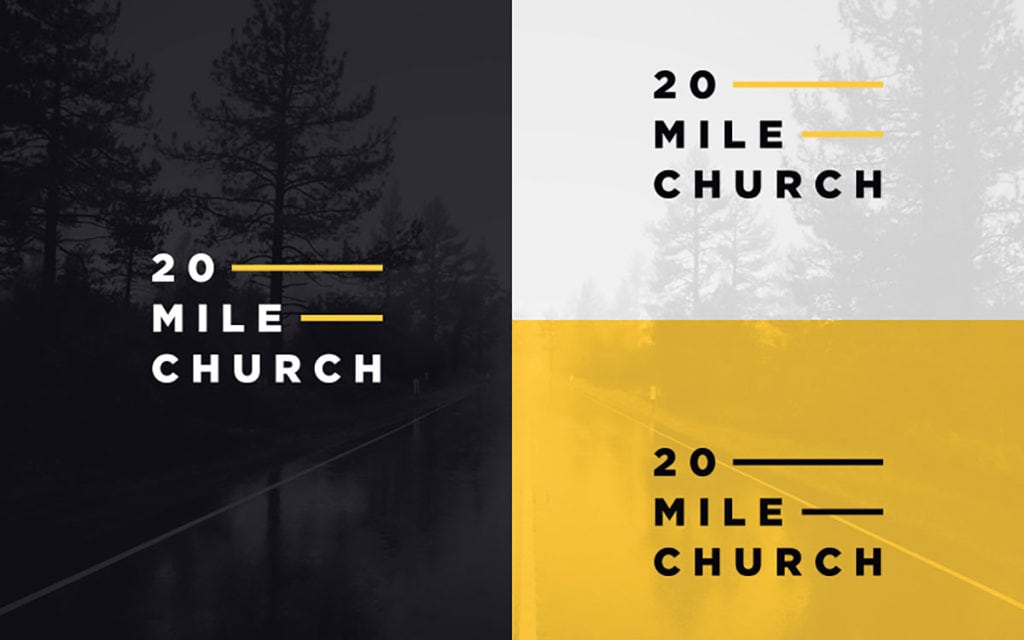
Word mark refers to the types of logos that use the name of the brand as the symbol to use in the logo. To an extent, this is a clean and excellent way of raising your brand awareness as it will immediately plant your church’s branding in the minds of the people that see it.
However, it can be rather challenging to reflect on the type of organisation you are since these logos are limited in terms of design and have to use the power of different fonts to send the message.
Letter Mark
Letter mark is similar to the previous type, wordmark, as it, too, uses writing exclusively to incorporate into the logo.
Usually, it exploits the initial of the organisation with a slight twist to convey the message. For instance, it could be arranged in such a way that it depicts something.
Combination Mark
A combination mark is one of the most popular types of logos for church logos as they allow to not only show your church’s brand identity but also tell people your brief story. A logo like this is rather informative and, thanks to the presence of letters in it (usually the church’s name), it raises brand awareness.
Emblem

Last but not least, there are also emblems that, to some extent, are similar to combination mark logos as they combine both text and image. The significant difference between the two, however, is that emblem is a much more complicated logo visually and requires a lot more attention to it.
Outline the Main Ideas That You Want to Convey with Your Church Logo
Once you know all the options available to you and have decided on which type of logo is the most appropriate for your church brand design, you may start the actual process of creating it.
However, before you go any further, you need to ensure that you are all settled down and know exactly what you want from the finished product. As it has been mentioned at the beginning of this article, there are several functions that a church logo has.
One of the essential things is delivering a specific message and outlining the mission of the church to the people that see this logo.
To do this, you need to answer a set of basic questions, which will help you with shaping the final logo at the later stages of its creation:
- What are the founding principles of your church?
- What does your faith consist of?
- What kind of people do you want to bring together and unite?
- What are your values?
- What ideals do you preach?
All of those will create a vision for your future logo and help you with the tools for delivering this vision correctly.
Make Sure You Know Your Congregation
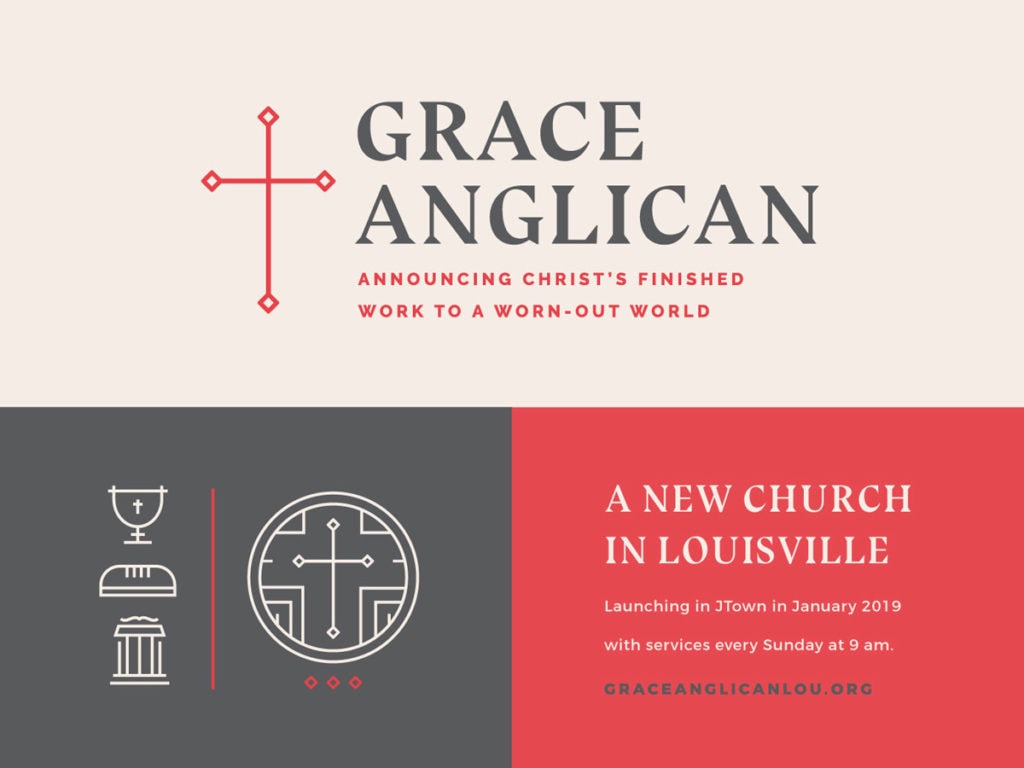
Another important thing when designing a logo for your church is making sure you know your congregation. After all, it is the people who create and maintain the group, so you need to have a clear understanding of who your ‘target audience’ is and what their needs are.
You need to be a hundred per cent positive about the type of people that your church wants to bring together and unite, what their lives are like, what they want in life, and why they decided to turn to religion.
All of that will allow you to have a better understanding of what kind of imagery would attract them to your church.
Once you have successfully identified the needs of your congregation, you may start working on visualising the message of your church in such a way it would be appealing to them and therefore attract them to join you.
Brainstorm for Possible Options
It can be rather tricky to come up with the perfect option straightaway.
Even though there is a saying that goes ‘the first idea is usually the best idea’, as a rule of thumb, you need to go through at least a couple of raw sketches first. In fact, on average, it requires a minimum of a couple of failed attempts before you even get to that first idea. Naturally, all of that is the time and effort you dedicate to the process.
Besides, it is not even guaranteed that your first idea will be your final idea. While it would be great to do things quickly and effortlessly, it is rarely the case.
What usually happens is that after a couple of unsuccessful pitches, you have several options that are all fine, but none of them is perfect.
That is when you pick all the most durable features from each option and combine them to create a logo that would meet all your requirements.
This is precisely why you need to have several options to choose from instead of focusing on straightaway designing just one final piece of work.
For this very reason, one of the most crucial parts of the logo design in general and church logo design, in particular, is brainstorming ideas.
As soon as you have completed all the previous steps, i.e. familiarised yourself with all the available styles of logos that could be used for your brand, delineated some of the main ideas that you would like to incorporate into your church logo and made sure you know who your people are, you can get down to working on the first draft. Or, technically, multiple first drafts.
How to Generate Ideas for Church Logos?
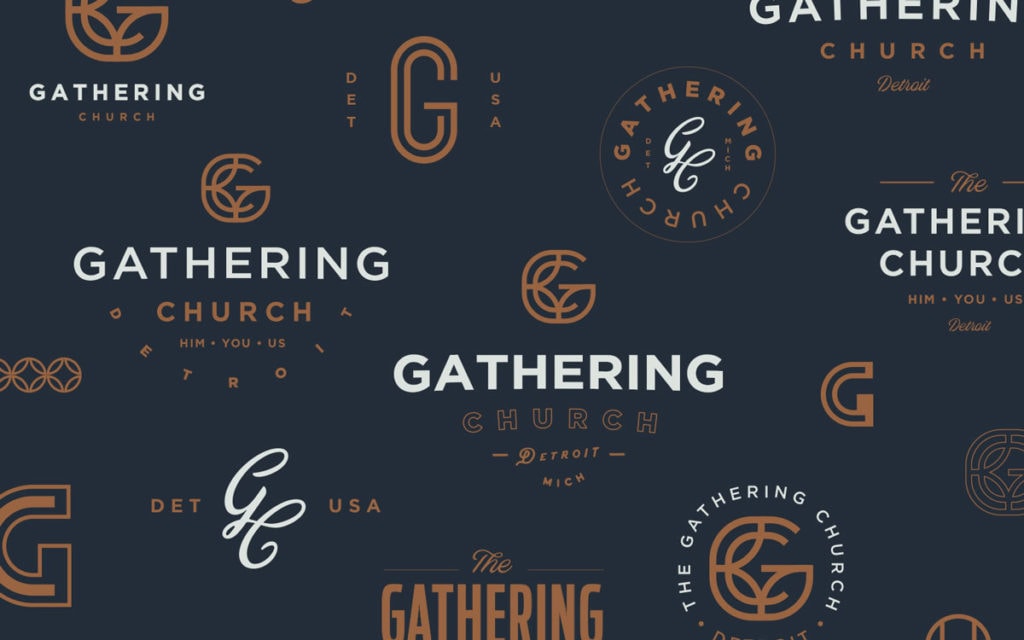
While it seems nearly counter-intuitive to have any rules for brainstorming (after all, the name ‘brainstorm’ implies that there are no rules, to begin with, and the whole process is kind of chaotic and nonchalant), there are a couple of tips on how to make your brainstorming significantly more effective.
Do not hold back
The first thing you need to remember is not to hold back during the process of coming up with different ideas for your church logo.
While doing this, you have to focus on the process instead of focusing on the result. The result will inevitably come to you as the outcome of the creative process, but if you are under too much pressure to get it as on the first try, you are likely to end up putting a cognitive block that would hinder your thinking processes.
That could significantly lower the quality of your brainstorming since you will deem a lot of potentially good ideas as not worthy of your attention simply because they are not perfect from the start.
Therefore, you should just let it go, and stop thinking about getting the best result immediately but instead focus on getting many options so that you could later work your way forward from there.
Write down all the ideas that come to your mind.
Another valuable piece of advice that is relevant not only in logo creation brainstorming but brainstorming, in general, is writing down all the ideas regardless of how good or bad you think they are.
If you were to waste your time on deciding whether a particular idea is worth getting written down, you would lose all the enthusiasm and would not get right into the depth of your brain.
Therefore, no matter how useless or irrelevant something may seem at first, you should still put it down on paper and revisit it a bit later.
Perhaps, you were right at the moment, and the idea is, indeed, worthless. If that is the case, you could just dispose of it. However, chances are it came to your mind for a reason.
Once you are done with the whole active thinking process, you will have a clearer vision of how that particular thing or separate elements of it could be incorporated into the final project.
However, what can you do if you are stuck and do not have any sort of ideas circulating in your brain whatsoever?
A block like that, unfortunately, is not uncommon and can be a real bummer when it comes to creative processes such as church logo creation.
This is when you could turn to some brainstorming life hacks for help…
Pick the Right Timing
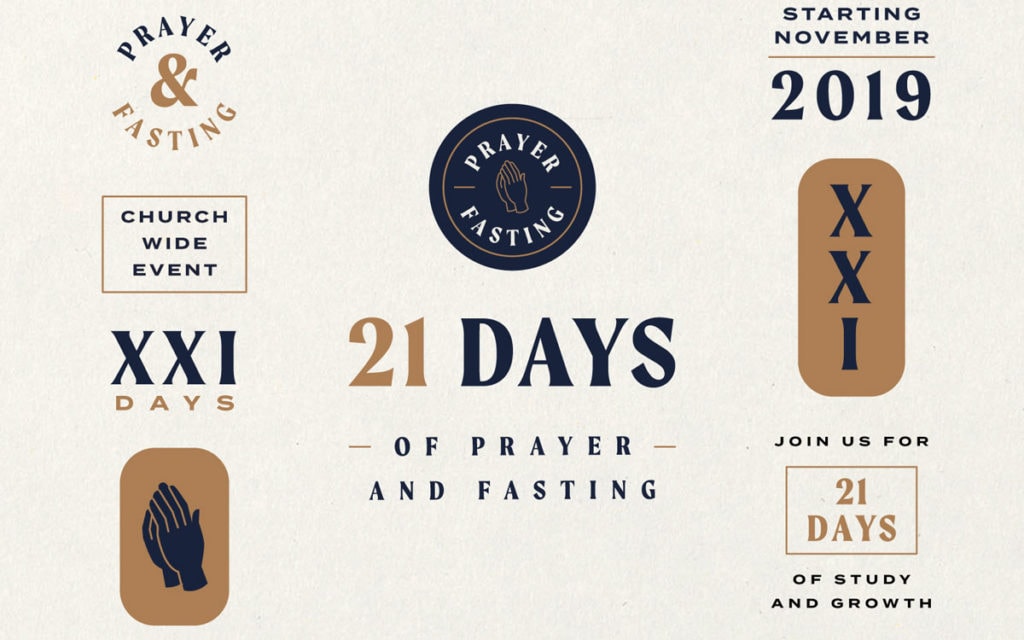
People often neglect this piece of advice and stick to their regular schedule instead to meet all the deadlines.
While scheduling is a great practice that allows you to stay organised, it is not exactly compatible with a creative process like logo ideas brainstorming.
In a situation like this, you want to pick the time when you are most creative and have an excellent flow of ideas coming.
Often, this is right before you go to bed or early in the morning. The timing is different for everyone, and there is not a universal formula for this one, but if one thing could be said for sure, it is not to sit down to brainstorm when your mind is somewhere else.
If you are trying to explore the hidden gems your brains could offer, you need to be focused on doing that instead of dreaming of that fantastic lunch you are going to have in half an hour.
Create Mind Maps
Sometimes it is all about finding the right idea from drawing in the associations that you have. Think about the mission of your church and all the values that are important to it. Write down those basic principles and starts adding more words that associate with each one of those.
If you are going step-by-step through this guide, you should already have some initial words that would describe your church down.
Now think of all the synonyms and related to those words things that would fit into the general picture. Drawing all those in together would help you create a more thorough image of what could be present on the logo.
Use the Initials
For those of you who decided that a letter or a wordmark is the best option for a church logo, experimenting with initials could be a great way of coming up with a couple of raw sketches.
Take the first couple of letters that are present in your church’s name and then play around with those.
Perhaps, combining them in a certain way would bring out some shapes, or you could change the length of the symbols or their placement to create a memorable image.
Experiment with Metaphors

If you already have a list of things that apply to your church, you can take your inspiration from there. Gather all the adjectives you used to describe your church and see what kind of vibe they have.
Then, think of all the different ways of conveying that idea through visual means. Then, you could decide on the type of shapes and lines that you would like to incorporate into your logo.
Remaster Everyone’s Favourites
Sometimes, creating something new is equally both about coming up with an innovative never-done-before idea and quietly reinventing the useful old concepts that have been around for a while.
Think of some symbols that are popular and well-recognisable yet are still close to your church. Copy them and see how you could remake them so that you would add a bit of your unique church vision to them.
What you want to achieve is borrowing the central idea but keeping our personal touch.
Keep It Simple
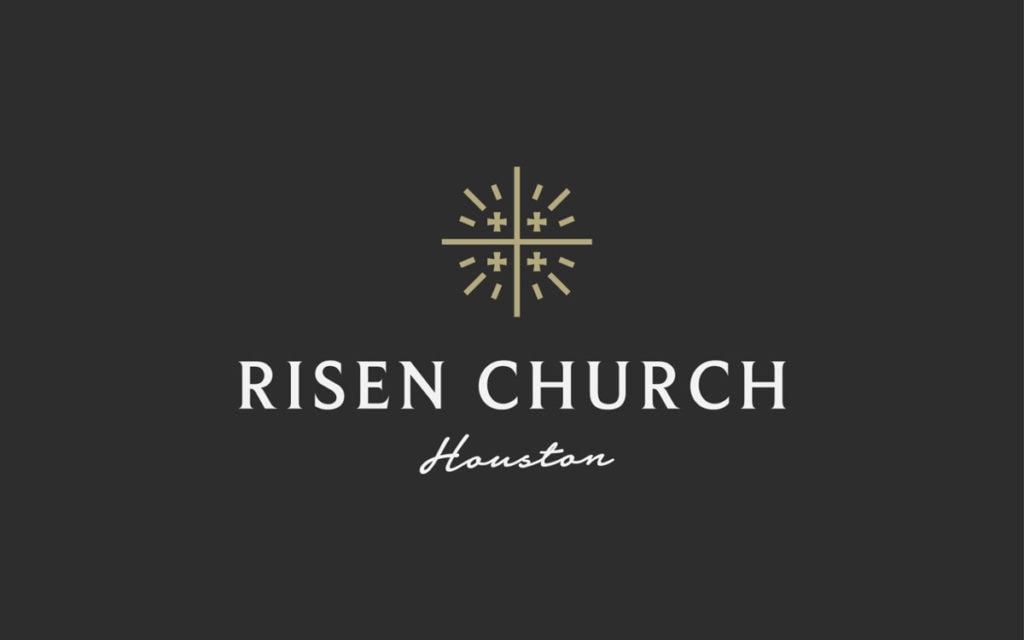
All of the previous tips in this guide to designing a perfect logo for a church focused on praising as many ideas as possible.
It is fantastic if you managed to have a couple of healthy ideas that are ready to be transformed into the final logo.
However, you need to remember that regardless of how great the ideas that you came up with, you cannot use all of them in the creation process. Some believe that this is the most challenging part of logo creation: choosing the one final idea.
Eventually, you grow to love all the things that you came up with, and it can feel unfair to have to give up some of your creations in favour of the other one.
This is where you need to stop for a second and think about which one reflects the values of your church best and, even more importantly, which one will be better received by your congregation.
Then, once you have decided on the final version, do not hurry to dispose of all the other ones. You have just identified the option that you are most biased towards.
The next step is letting all your ideas percolate for a bit. You need to put your logo work away and restrain from even thinking about it so you could come back to it in at least 24 hours and have a fresh look at your options.
One of the issues that this practice aims at eliminating is the logos being overloaded with symbols and other things.
Understandably, your church is your holy grail, and you have many feelings towards it, which can rarely be formulated in just a couple of things.
The church is such a massive concept it can barely ever fit into a small visual branding tool. However, this is precisely what it needs to be. Your job is to keep it simple and straight to the point. You do not want to have your logo too cluttered.
Getting rid of that clutter is the next step on your path to designing the perfect logo. Look at the options you have and think of how you could simplify it without taking any of the meaning away.
It is often much more desirable to keep the style more minimalistic. After all, you do not want unnecessary elements to distract from the vital message that your church aims to deliver to everyone who sees the logo.
Do not hesitate to cut out some of the more complicated details. It is virtually impossible to capture the entire history of your church in one logo. However, it is not the goal anyway. You can remove them and focus on the central message instead.
Add a Wow Effect
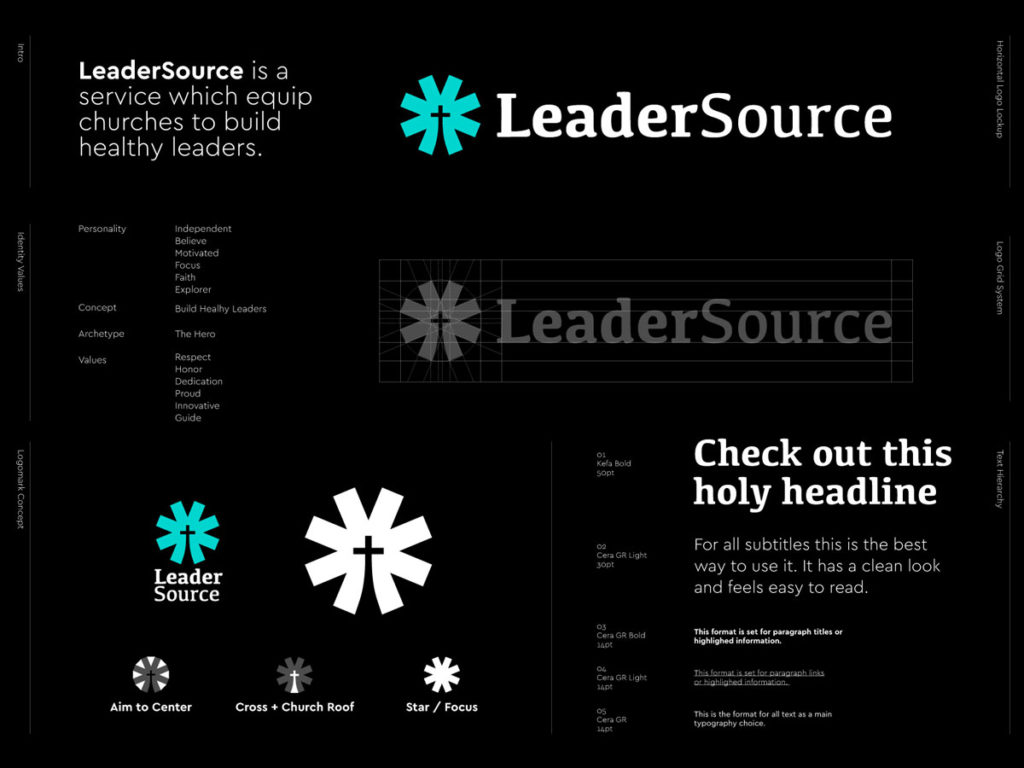
However, even though you are aiming for a simple, easily recognisable logo that conveys your church’s central message, you still want it to be unique and memorable.
After all, as it been discussed previously in this article, the logo is a part of branding, which, in turn, is a part of marketing.
And marketing is focused on differentiating an organisation from its competitors. While the church is hardly a business and does not follow the same rules as for-profit companies, it still wants to be at the frontier of its niche.
Designing a truly creative and imaginative logo that would leave everyone who sees it impressed is precisely what you want to increase your brand awareness levels.
To do that, you need to take your best ideas and play with different fonts and positions of the elements of the logo so that they could be more elegant and, perhaps, cleverer.
Adjust Your Church Logo Design Brand Standards
Once you have finalised your idea, you need to think about how it fits into the general branding strategy and whether it corresponds with all the other elements of it or not.
If you are simply focused on creating a logo, you do not have to worry about reinventing the entire branding strategy of your church unless otherwise is stated.
That would be slightly excessive, mainly because logo renovation aims to be simply a slight touch up rather than a whole rebranding action.
If that is the case, you should simply stick to your already existing colour scheme and general design standards of your church.
If that is not the case, however, and you are starting from scratch, you need to go back to all the information you have gathered at the early stages of the process and, based on your mission as well as the type of people your church wants to bring together, decide on such essential elements as:
- The colour scheme of your logo in particular and the design in general
- Types of corners (round or sharp)
- Opacity
- Text type
- Illustration type, such as drawing vs graphic image
Design for Flexibility
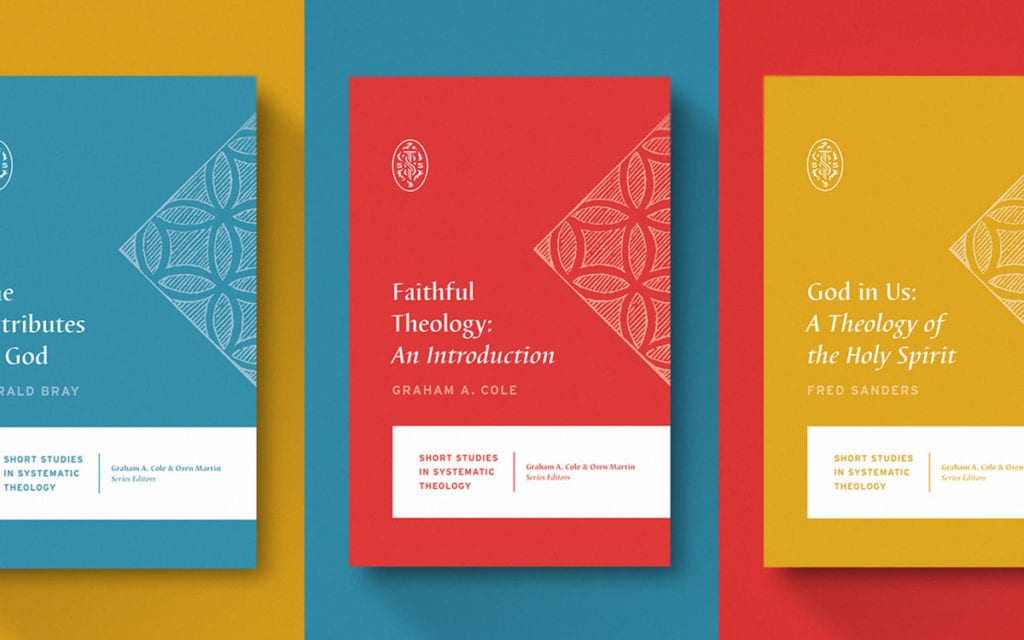
Once you have decided on your initial logo and adjusted it to your brand standards, it is time to make it more universal.
One of the things you need to remember about designing a perfect logo is that it can be used whenever and wherever.
Nowadays, it does not matter how you scale your logo as all of them are created as vectors and therefore, do not lose any quality in the process of scaling.
However, you also need to make sure that regardless of how small or big your logo is, or how limited is the space in which it is played, it still conveys the message effectively and remains eye-catching without losing any of its key features.
So, if you decide to partner up with some websites that help religious people meet, your logo will immediately tell your story to all its visitors.
The best way to achieve such a result is by designing several variations of the same logo but with more or fewer elements added.
Notice how it is said that these should be just variations of the same thing instead of a completely new logo with varying degrees of details.
This is essential since you want your church to have strong brand recognition, so regardless of which logo you choose to put on different types of content you produce, people would still know who you are and what your message is.
Present Your Church Logo to Your Team
At last but most definitely not at least, you need to show the logo you have created to someone who can give you a fair and constructive judgment.
Preferably, it should be someone who belongs to the focus group and therefore, could deliver an authentic opinion on how its target audience will perceive the logo.
However, if you do not have an opportunity for that, you may as well just turn to someone else who has not seen your creation before and therefore has a fresh eye for it.
There are a couple of reasons why this step is equally as important as the process of the creation of the logo itself.
First of all, you need to remember that your church’s logo has to represent your vision clearly and make it evident from the first glance on what type of organisation you are and what you preach.
Therefore, there must be no place for the confusion of any kind.
This is precisely why you need to ask people who were not involved in the process of creating the logo for their view on it. They need to be able to state precisely what the church’s mission is based exclusively on the logo you have designed.
If they manage to do it, it means you have completed your task successfully, and the logo you made represents your church well.
However, if your focus group fails to read the meaning behind the logo, it might be an indicator of a poor choice of ideas. You need to ensure that your logo reflects on the very essence of the church it is used to brand.
Besides, if you are interested in creating a genuinely perfect logo, you need to make sure that you consider all the possible things that could be seen by others as design mistakes. Hence, you want to receive as many independent opinions as possible.
The Bottom Line
In conclusion, designing a logo for a church can be a rather challenging task. After all, this is often the first thing people learn about your organisation. Hence it needs to be representing all the values and principles of it and do so clearly.
However, it is not impossible. Creating a logo that would raise your church’s brand awareness and make it stand out among all the other churches is easier than you think if you put your mind to it.
All you need to do is be consistent and persistent when it comes to completing this task. You need to approach it with caution and tackle it step by step, starting from determining the core values and your vision that you want to convey with your logo’s message and ending with making final adjustments so that the church logo design would be versatile and multi-purpose.
Author Bio: Lilian O’Brien is a passionate journalist who enjoys writing about psychology and human relationships. Over the course of her career, she was a regular contributor to major media publications, and currently, she serves as an editor for onlinechatdatingsites.com.
